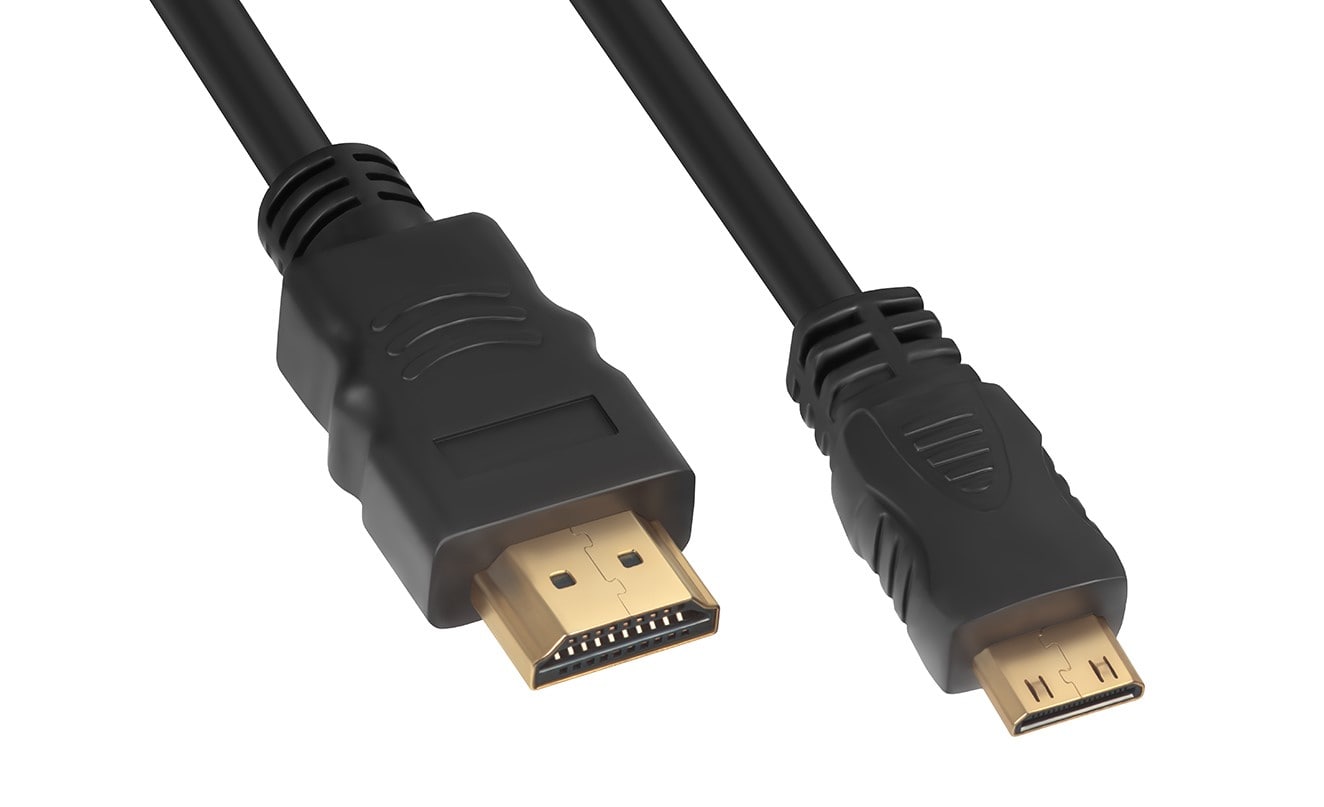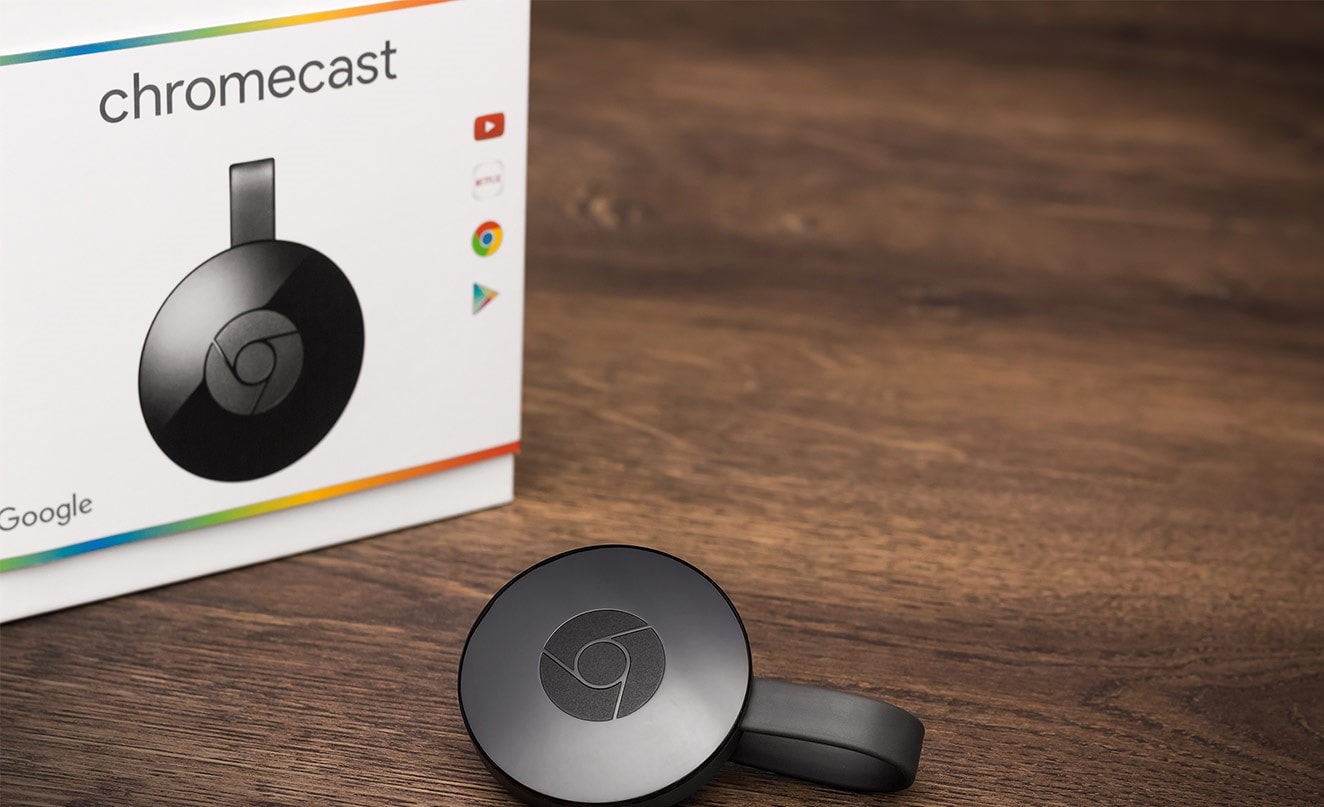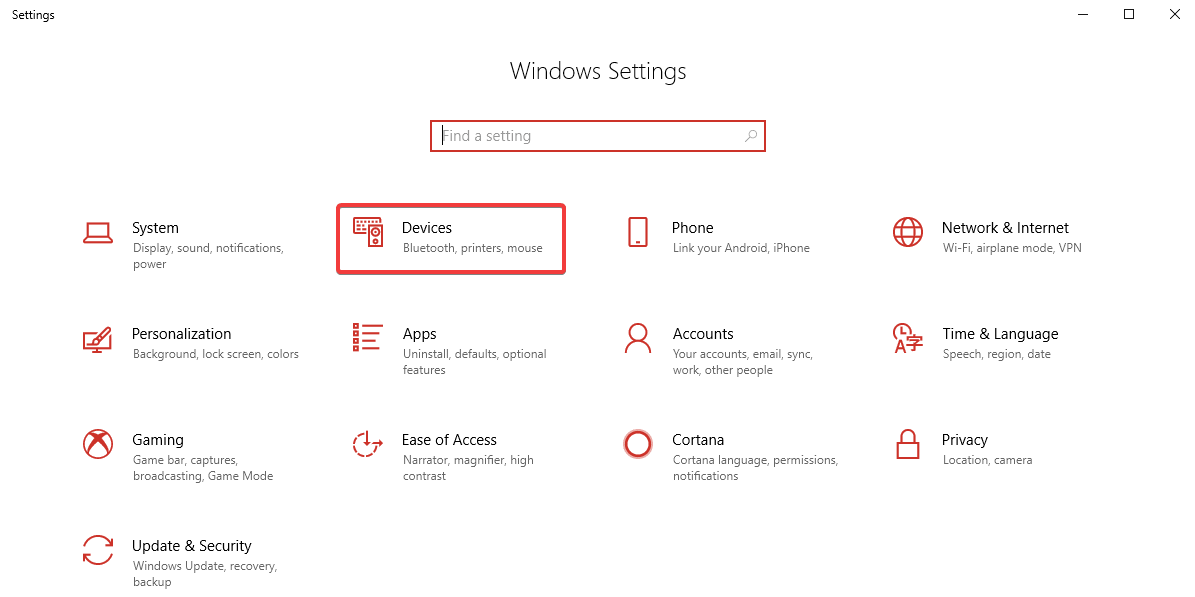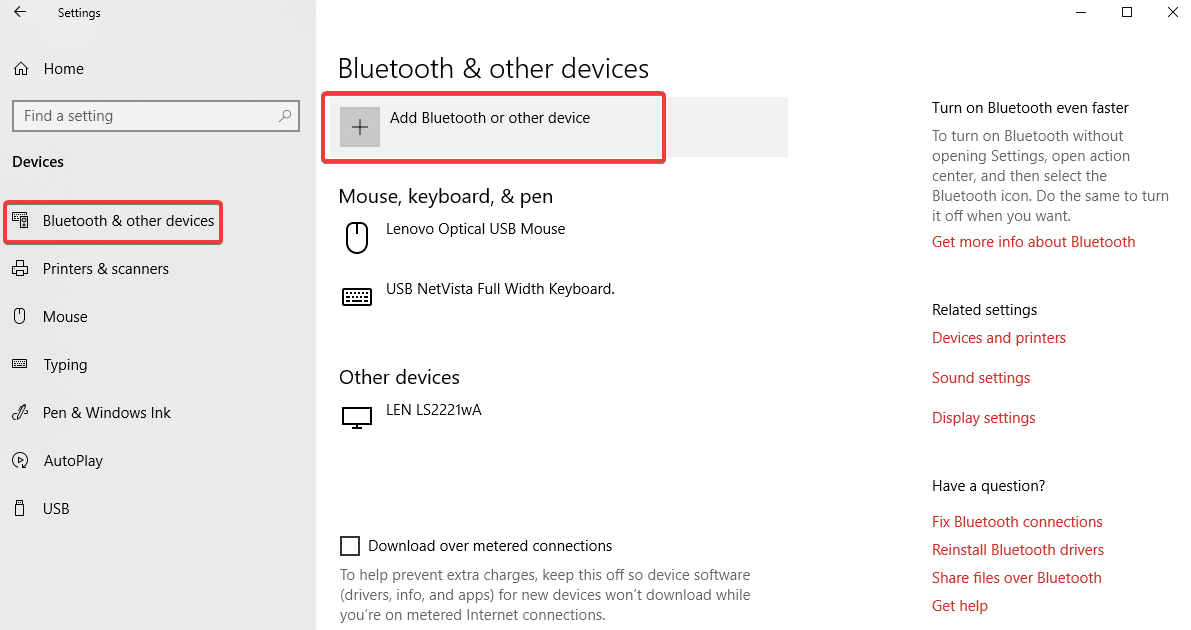Mirroring your PC’s display on your TV is a pretty good hack which is essential in a personal and professional environment. Getting bigger display gives you the ease of access regardless you are watching a movie or giving a presentation. It is actually pretty simple. There are numerous ways to get it done either wired or wireless but how you connect is totally situational.
Here are a few hassle-free ways to get your computer’s screen displayed on the TV with negligible fuss. If you are not using a Smart TV, you may require either additional hardware ranging from a set-top box, a dongle, an App on your TV or a simple HDMI cable. Let’s start with the most basic and widely used techniques.
| Facing Issues While Mirroring Your Windows 10 Screen On Your TV? Try This!
If you are having trouble connecting to your Windows 10 screen, try the following: Keep all your device drivers up-to-date and make sure you have the latest firmware installed for your wireless display. For this, you can try using a dedicated software – Smart Driver Care to replace all your current outdated, faulty, or incompatible drivers with the latest and most compatible versions. To use Smart Driver Care, here’s what you need to do: 1. Download, install and launch Smart Driver Care on your Windows PC. Click Here to Download Smart Driver Care 2. From the main dashboard, click on the Scan Now button and let the driver updater utility scan your computer for listing all the faulty drivers in one place.
3. As soon as the scanning process gets finished, you get to preview the drivers that need immediate action. You can click on the Update All button to install the latest drivers in bulk.
That’s all, you will now be able to mirror the screen properly, without any hiccups. Try reconnecting the PC and you should no longer face the problem! |
How To Mirror Your Windows 10 Screen on TV? (2025 Updated Guide)
This article explains different ways to mirror your Windows 10 screen on Television wirelessly and using wires. Go with any workarounds you find most suitable and effortless to implement.
List of Contents
1. Mirroring Using an HDMI Cable
Hope you found this article helpful and were able to cast your computer/laptop’s screen on a TV. All of the aforementioned workarounds are pretty straightforward but if you face any issues during the setup or process, feel free to drop a line in the comments section below. We’ll try our best to help you at earliest!

The most basic way to mirror your computer with a TV is using an HDMI Cable. It can be a living room PC connected to your TV for a display instead of a monitor or your laptop which connects randomly to your TV unit for a wider display.
Getting mirroring done using this option is the simplest way to connect. To hookup your TV for display, you need to ensure that your TV unit and the computer is equipped with an HDMI port. You need to have an HDMI cable to bridge the connection between both the devices. An HDMI cable may range between $5 to $50 depending on the quality and length of the cable. All you need to do is connect one end of the cable to the HDMI Port of your TV unit and another end to the HDMI port of your computer. HDMI port is mostly available on Laptop and Desktop PCs. Once you are done, you can switch between input modes and select HDMI Port and you are all done. If you are using an old PC, you may need to set the display options on your PC to mirror your TV as the main display or functions as a secondary display. If you have a monitor connected with your computer, You can toggle between Display 1 / Display 2 / Duplicate display, etc.
If you don’t have an HDMI port on either of your devices, you need not worry. Generally, super thin laptops or Mini-laptops don’t come with HDMI port or may come with a Mini HDMI Port. There are several accessories available to connect Mini HDMI to HDMI, HDMI to USB, HDMI Adapters and what not, You just need to identify the right cable and mirror your Computer, Laptop, Tablet or smartphone with your TV.
Also Read: How To Do Screen Mirroring From iPhone/iPad To TV
2. Chromecast Screen Casting

When we explore wireless screen mirroring options between our Windows Laptop and a TV unit, Chromecast Screen Casting seems to be one of the best options. You can always Chromecast from your computer if you have got Google’s smart dongles connected at the back of your TV. If your TV unit is running on the Android platform, it should include casting capabilities. You can share your Chrome tab windows over to the TV Unit from Windows OR MacOS systems. It also works on Chromebooks as well.
Step 1. Open Chrome’s menu -> click on 3 dots on the top right -> choose Cast.
Step 2. Select ‘Chromecast’ from the list and you should be able to see your current browser tab displayed on the TV screen.
On your system, you can switch between other browser tabs or applications however Chromecast will continue displaying the same tab that you will cast on your TV when you initiated the session.
Google Chromecast is better for casting websites and photos on TV unit as you may witness a lag while casting videos, though few video sites like YouTube can directly interface with the Chromecast. If you want to cast through YouTube, You will find a Chromecast button while playing any video. This functionality is similar to your smartphone as the video is fetched directly from the website and not from your system.
Chromecast doesn’t come with plenty of customization options, though you get a volume control available while casting. Whenever you want to end the session, you just need to open the ‘Cast’ option in the menu and select ‘Stop’.
Have A look: Easily Cast Videos From VLC To Chromecast
3. Miracast in Windows 10

Let’s talk about an independent and dedicated Miracast option available with Windows 10.
Essentials
- Your computer must have a factory-installed licensed version of Microsoft Windows 10 OS pre-installed.
- Your computer must be able to support the Miracast feature.
- Built-in Wi-Fi setting should be turned ON and ready to accept Miracast on your TV unit. You may consider referring the user manual of your TV unit to look for settings option on your TV device.
3. Turning ON the Screen Mirroring Option
As per your TV type, you may follow the steps to enable the Screen Mirroring option.
Android TV
Step 1. Press the ‘HOME’ button on IR remote control provided with the TV.
Step 2. Scroll through the Apps and select ‘Screen Mirroring’ option.
Step 3. Navigate through the on-screen instructions to complete the casting setup.
Other TVs
Step 1. Press the ‘INPUT’ button on the IR remote control provided with the TV.
Step 2. Browse through options and select ‘Screen Mirroring’.
4. Mirroring the Computer Screen on Your TV
Step 1. Enable computer’s Wi-Fi setting (Using Bluetooth and Wi-Fi toggle button on laptops).
Step 2. Click on the ‘Start’ button -> click on ‘Settings’ from the menu list OR (Press ‘Win + I’).
Step 3. In the ‘Settings’ window, click on ‘Devices’ (Bluetooth, Printers, Mouse) option.

Step 4. In the ‘Devices’ window, select ‘Bluetooth & other Devices’, and click on ‘Add a Device’.
Step 5. Select your TV from available options and the computer screen should reflect on your TV.

If you don’t have inbuilt available options for a Windows 10 wireless connection, you might consider buying a dedicated Miracast dongle to set up a connection. You may buy one from Microsoft for $50, though there are cheaper options available elsewhere however it’s recommended to check the user reviews carefully before buying. This Miracast device can also mirror the screen of your Android devices. A Miracast device’s official range is about 23 feet or 7 meters which should be suitable enough for most of the setups.
Also Read: How to Mirror iPhone to Firestick/Fire TV
Summing Up
There are other considerable options which you might want to look at while setting up a mirror of your Windows 10 screen. Settings and setup options are almost the same with all these devices.
Roku – Smart Dongle to mirror your Windows 10 screen with your TV with Miracast feature.
AirParrot – AirParrot is an App that enables you to quickly discover and wirelessly beam your screen, videos, audio, presentations to a variety of media receivers on your network.
AirPlay – Device to mirror your Mac’s display up on the big screen. mirroring is considered to be the simplest solution for Apple setups.
Bonus
| Screen Mirroring | Screencasting | Screen Sharing | |
| (media streaming) | (desktop sharing) | ||
| What it does | Displays a device’s screen onto another screen | Allows you to play the content of one device onto other | Displays wat’s reflected on the primary screen, allows remote viewer(s) to see everything that is done by the first user |
| Content | Shows everything on the screen | Only plays specific content | Shows everything on the screen |
| Multitasking | Whatever happens on the system is shown on the TV unit (Exception while using presenter mode) | While casting, the primary device can be used to work on other applications | Shows everything that is shared on the screen to another user (s), Other users are also allowed to make changes, Can be paused by the primary user |
| Internet | Not required as works on built-in WiFi technology to mirror | May require home WiFi, though can connect using built-in WiFi | Needed for remote locations |
| Screen view | Two screens displaying the same content | Two screens may show different content | Two or more screens can display the same content |
| Apps | Almost everything is available on screen mirroring setup page | Not all apps support casting feature | Almost everything can be displayed on screen sharing |
| Screen timeouts | Both screen times out at the same time | Primary device’s screen can be blacked out while casting | Blackout on primary screen is visible on other devices as well |
| Local content | Supports local content such as videos, photos, and documents | Generall, local content is not supported | Supports local content |
How do I mirror my computer screen to my TV?
How do I connect my Windows 10 laptop to my Smart TV wirelessly?
Can Windows 10 screen mirror?
Yes! Windows 10 can mirror your screen to any streaming box or TV, compatible with Miracast standard. As soon as your operating system starts receiving signals from the respective phone, tablet, or another device, your PC will become the wireless display instantly.
Can I connect my PC to my TV wirelessly?
Of course! There are some easy ways to connect your computer to a TV wirelessly. But one of the most convenient ways to connect to any television is through an HDMI and USB port with a wireless display adapter.
So, how do you prefer to mirror your Windows 10 screen? Share your suggestions and experience in the comments section below!









Janny Thomas
Is this process will work same when we mirror windows 7 or 8 screen on tv?
Preeti Seth
Hi Janny Yes, the mirroring process will work on Windows 7 or 8 too. Except for Miracast as it is not compatible with Windows 7.